Beyond the Shirley Temple: Making Non-Alcoholic Drinks That Are Actually Amazing
For years, if you asked for a non-alcoholic drink at a bar, you’d probably get a glass of juice with a sad splash of soda. It was a total afterthought. Honestly, it was pretty insulting. But thankfully, that’s all changing. Now, people expect—and deserve—a drink crafted with the same complexity and care as a classic cocktail, just without the booze. This is where the real fun begins.
In this article
Creating a truly great non-alcoholic drink isn’t about just leaving out the gin or whiskey. It’s about building flavor from scratch. A spirit does a lot more than just add alcohol; it provides weight, a satisfying bite, and a backbone that holds all the other flavors together. Take it away, and you’ve got a hole in your drink. The trick is knowing how to fill that hole with technique, balance, and great ingredients.
So, instead of just handing you a list of recipes, I’m going to walk you through the methods we pros use to build flavor, create texture, and nail that perfect balance. Let’s get started.
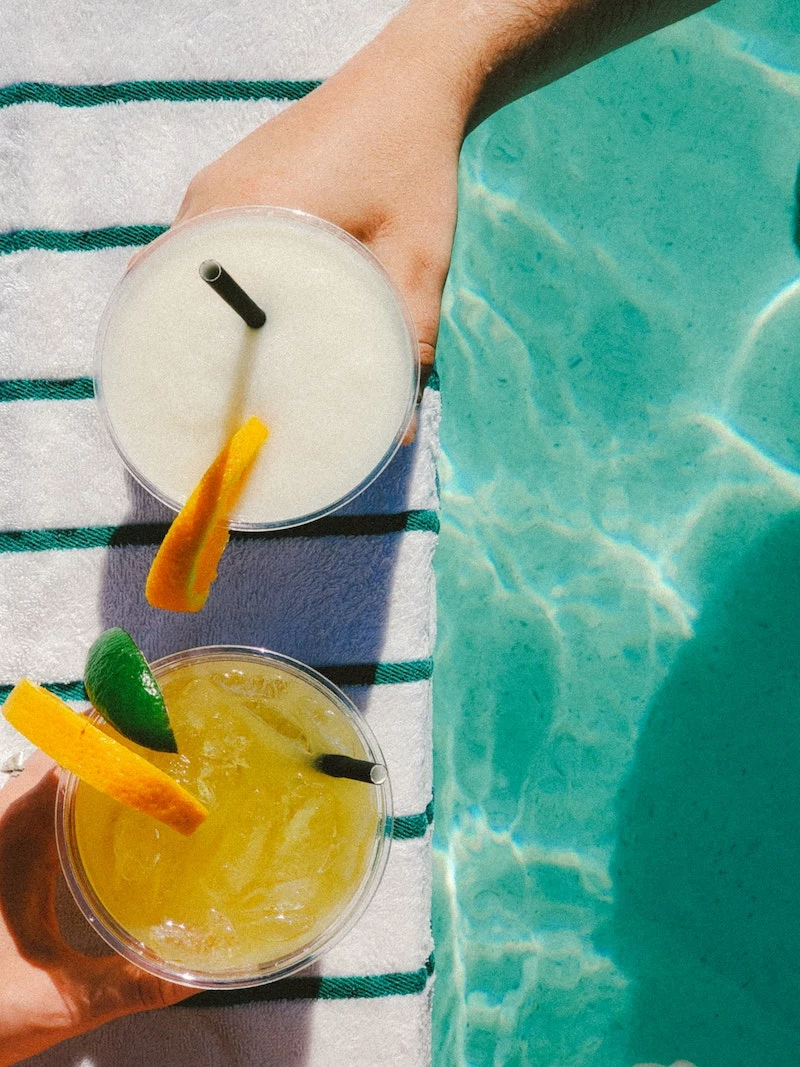
First Things First: Your Home Bar Toolkit (and a Few Hacks)
Before we dive in, let’s talk gear. You don’t need a thousand-dollar setup, but a few key items make a world of difference. If you’re just starting, here’s a basic list:
- A Shaker: A classic two-piece Boston shaker is the industry standard for a reason. You can find decent ones online or at stores like Target for about $15-$25.
- A Jigger: For accurate measuring. Precision is key! A simple double-sided one with 1 oz and 2 oz measures is perfect.
- A Strainer: You’ll want a Hawthorne strainer (the one with the spring) to fit over your shaker, and a small fine-mesh sieve for getting a super-smooth, pulp-free drink.
Budget-Friendly Hack: Don’t have a shaker? No problem. A standard mason jar with a tight-fitting lid works just as well for shaking. And you can use regular kitchen measuring spoons for your liquids—just know that 1 tablespoon is half an ounce.
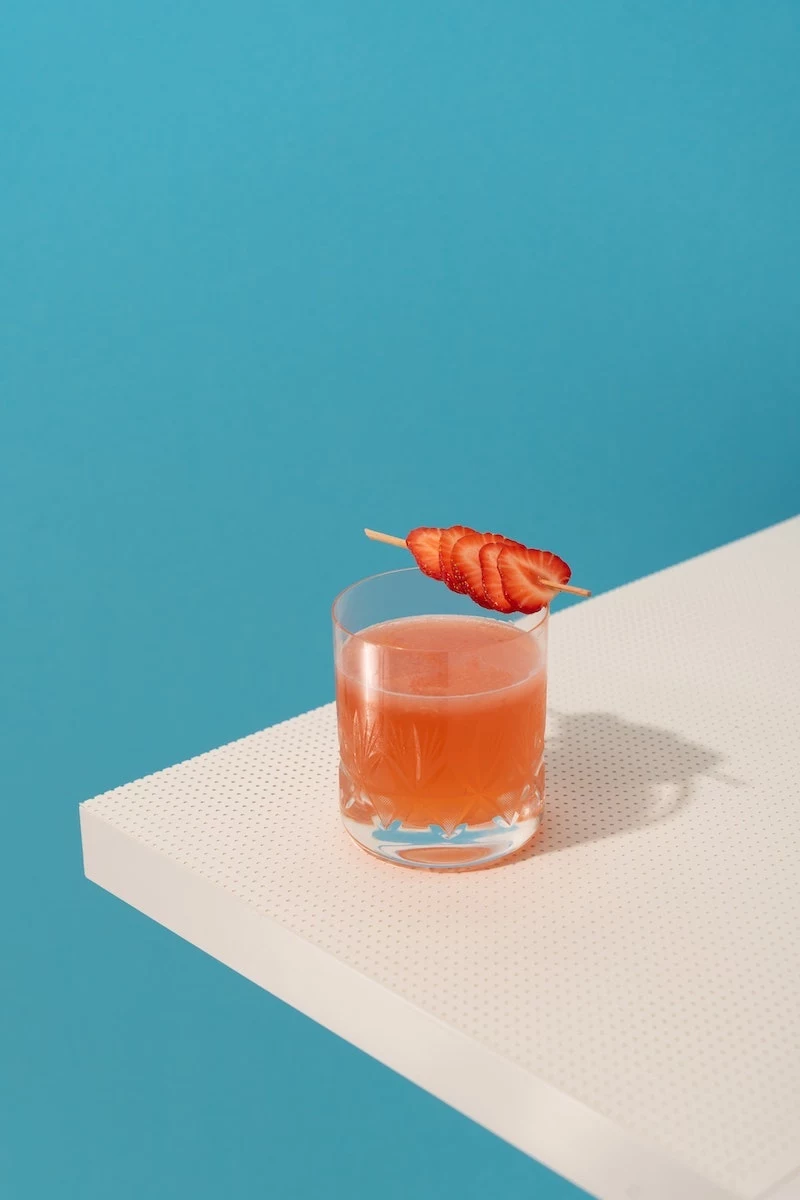
The Foundation of a Great Drink
Every balanced drink, with or without alcohol, is built on a few core principles. You’re basically playing with a seesaw of sweet, sour, and bitter. Getting the hang of this is everything.
Bring on the Brightness: Acidity
Acid is what makes a drink feel refreshing and crisp. It cuts through sweetness and stops things from tasting syrupy or flat.
Your go-to sources are usually fresh citrus. And I mean fresh. The pre-bottled stuff from the store is often pasteurized, which gives it a cooked, dull flavor. It’s a non-negotiable for me—always squeeze your own. It’s the single biggest upgrade you can make to your drinks.
- Lemon Juice: This is your workhorse. It’s sharp, clean, and straightforward. Perfect when you just need that bright, sour kick.
- Lime Juice: A little more complex and aromatic than lemon. It has a floral quality that’s amazing with berries, mint, and anything tropical.
- Other Acids: Don’t be afraid to branch out! A splash of apple cider vinegar can add a funky, complex tang that’s incredible in fruit shrubs (more on that later). For a quality vinegar, I’d recommend a brand like Bragg; it’s got a cleaner taste than cheaper generic brands.
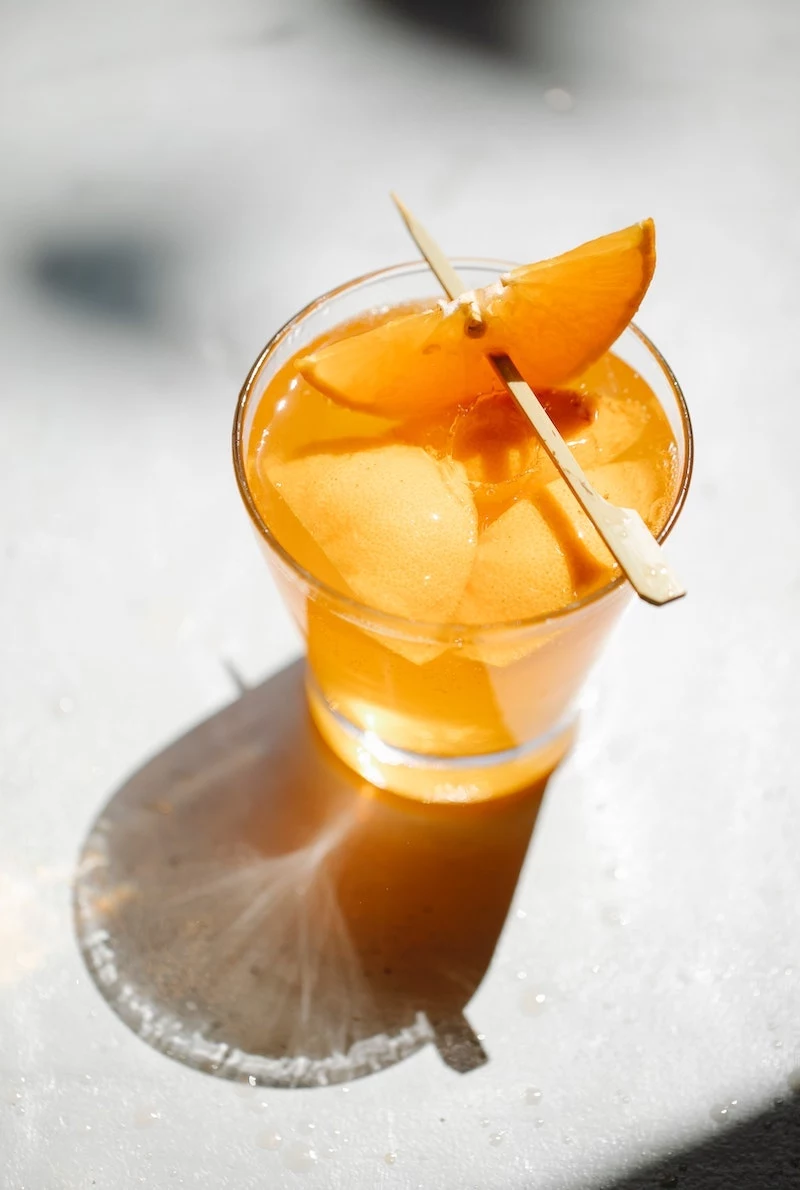
The Balancing Act: Sweetness
Sweetness is what balances out all that acid. But it’s not just about making things sugary; different sweeteners add their own unique character and texture.
When it comes to your options, think of it like this:
For a clean, neutral sweetness, your best bet is a basic simple syrup. Just dissolve one part sugar in one part hot water. It sweetens without getting in the way of other flavors.
If you want to add body and a richer mouthfeel, make a rich simple syrup by using two parts sugar to one part water. This thicker syrup helps mimic some of the weight you lose by omitting a spirit.
For warmth and depth, try a demerara or turbinado syrup. These raw sugars have molasses notes that add hints of caramel and toffee, which are fantastic in drinks with spices, tea, or darker fruits.
For more complex flavors, honey and agave are great options. Honey can be floral or earthy, while agave has a cleaner, almost vanilla-like profile. Good to know: they are both sweeter than simple syrup, so when you’re substituting, start with about 75% of the amount the recipe calls for and adjust from there.
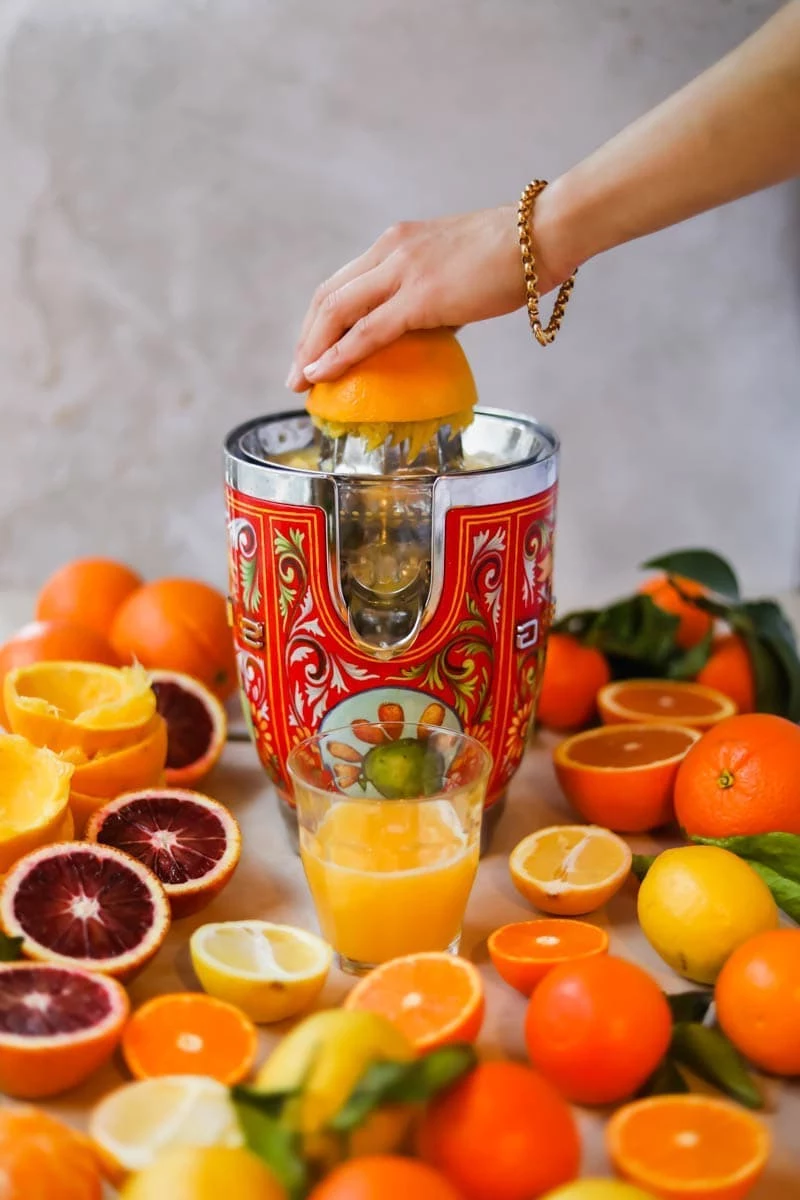
The Secret Weapon: Bitterness & Tannins
Okay, this is the real pro move. Alcohol has a natural bitterness and a drying sensation. To create a truly “adult” tasting non-alcoholic drink, you need to replicate that. This is where bitterness and tannins come in.
- Tea Time: Strongly brewed black tea, like an English Breakfast or Assam, is loaded with tannins. These create a drying feeling in your mouth, similar to a red wine, and give your drink some much-needed structure. Green tea offers a lighter, grassier bitterness.
- Botanical Infusions: This is a fun one. Infusing your syrups with botanicals can add incredible complexity. For example, juniper berries—the main flavor in gin—give a syrup a crisp, piney bite. A word of caution: botanicals like gentian root are powerfully bitter. A little goes a very long way.
- Non-Alcoholic Bitters: The market for these has exploded, and it’s awesome. Companies like All The Bitter and Fee Brothers make fantastic glycerin-based bitters that let you add a dash of Aromatic, Orange, or Cardamom complexity without any alcohol. You can usually find them at specialty liquor stores or online.
Quick Tip: How to Make a Basic Juniper Syrup
Want that gin-like bite? It’s easy. Combine 1 cup of water and 1 cup of sugar in a saucepan. Add 1 tablespoon of lightly crushed juniper berries (you can find these at most spice shops or on Amazon). Bring it to a simmer, stirring until the sugar dissolves. Turn off the heat, cover, and let it steep for about 30 minutes. Strain out the berries, and you’ve got a fantastic syrup that will keep in the fridge for a few weeks.

Pro Techniques to Steal for Your Kitchen
Now let’s put it all together. Here are a few core techniques disguised as recipes that will completely change your drink-making game.
Technique 1: The Citrus Cooler — Going Beyond Lemonade
Anyone can mix lemon juice, sugar, and water. But to make something truly memorable, you need to extract the most aromatic part of the citrus: the oils in the peel. We do this with a classic technique called an oleo saccharum (which just means ‘oil-sugar’).
Building a Rosemary-Orange Cooler
- Peels from 2 large, unwaxed oranges
- Peel from 1 unwaxed lemon
- 1/2 cup (100g) granulated sugar
- 3/4 cup (180ml) freshly squeezed orange juice
- 1/2 cup (120ml) freshly squeezed lemon juice
- 2 sprigs fresh rosemary
- 3 cups (720ml) cold sparkling water
- A tiny pinch of salt
The Method:
- Make the Oleo Saccharum: First, wash your fruit well. Use a vegetable peeler to remove the peels, and try to get as little of the white pith as possible. Heads up! The pith is super bitter. I learned this the hard way once and my first batch tasted like pure regret.
- Toss the peels and sugar together in a bowl. Muddle them gently or just press them with the back of a spoon. Cover the bowl and let it sit for 1-4 hours. You’ll see the sugar pull the oils from the peels, creating a rich, fragrant syrup.
- Build the Syrup: Add 1/2 cup of hot (not boiling) water to the sugar-peel mix and stir until the sugar is dissolved. Add the rosemary sprigs, push them down into the liquid, and let the whole thing cool completely.
- Combine and Balance: Strain the syrup into a pitcher, pressing on the peels to get every last drop. Add the fresh orange and lemon juices and that pinch of salt. Salt is a flavor enhancer; it won’t make it salty, but it will make the other flavors pop.
- Finish and Serve: Top with the cold sparkling water and give it a gentle stir. Chill for at least an hour before serving over big ice cubes with a fresh rosemary sprig. The finished oleo syrup will keep in a sealed jar in the fridge for up to two weeks!
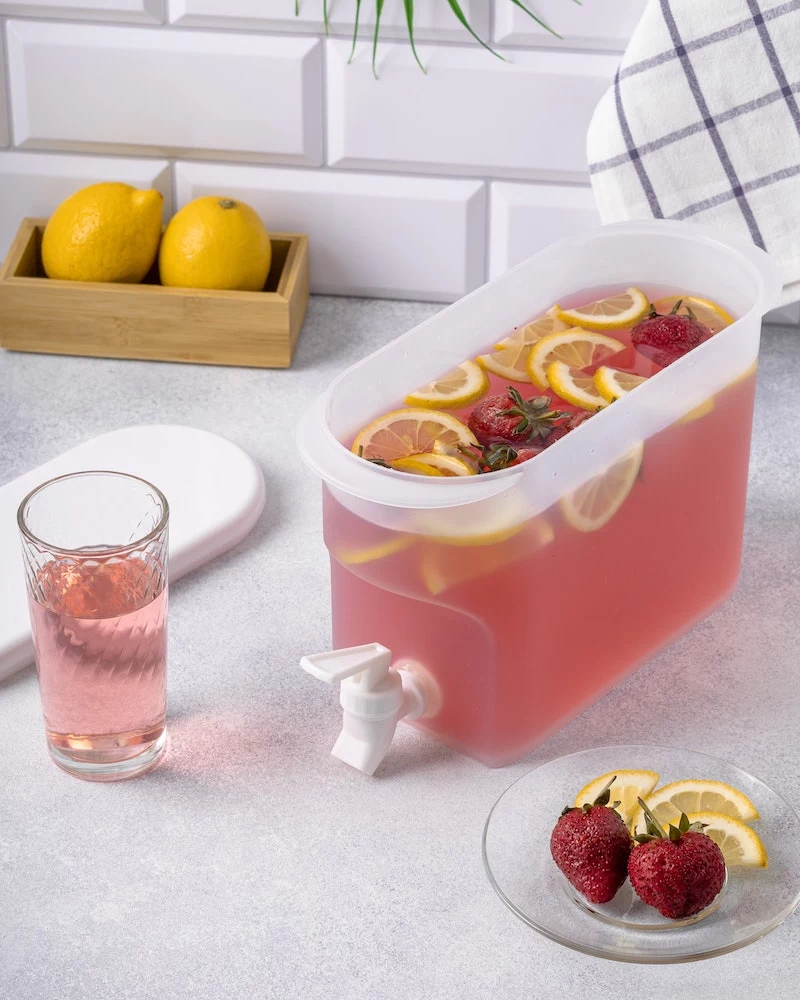
Technique 2: The Berry Shrub — Taming Sweetness with Vinegar
Fresh berry drinks can sometimes be a bit one-note. The solution? A shrub. This is an old-school preservation method that uses vinegar to create a sweet and tangy syrup that adds incredible complexity.
Building a Strawberry-Basil Shrub Soda
For the shrub base, you’ll need about 1 lb of strawberries (fresh or frozen both work great!), 1 cup of sugar, and 1 cup of apple cider vinegar. In a jar, mix the strawberries and sugar and let it sit in the fridge for a day or two. The sugar will pull out all the juice. Then, pour in the vinegar, stir, and let it sit for another day. Finally, strain out the solids. That’s your shrub base! The best part? It’ll last for months in the fridge.
To make one drink:
- Gently muddle 5-6 basil leaves in your shaker.
- Add 2 oz of your strawberry shrub base and fill the shaker with ice.
- Shake hard for about 10 seconds until it’s frosty cold.
- Double-strain (using your shaker’s strainer and a fine-mesh sieve) into a glass with fresh ice. This catches all the little herb bits.
- Top with about 4 oz of sparkling water and garnish with a basil leaf.
Time-Saving Hack: Don’t want to wait two days? You can make a hot-process shrub. Just simmer the fruit, sugar, and vinegar together in a pot for about 15-20 minutes until the fruit breaks down. Let it cool, then strain. It won’t have quite the same fresh flavor, but it’s a great shortcut.
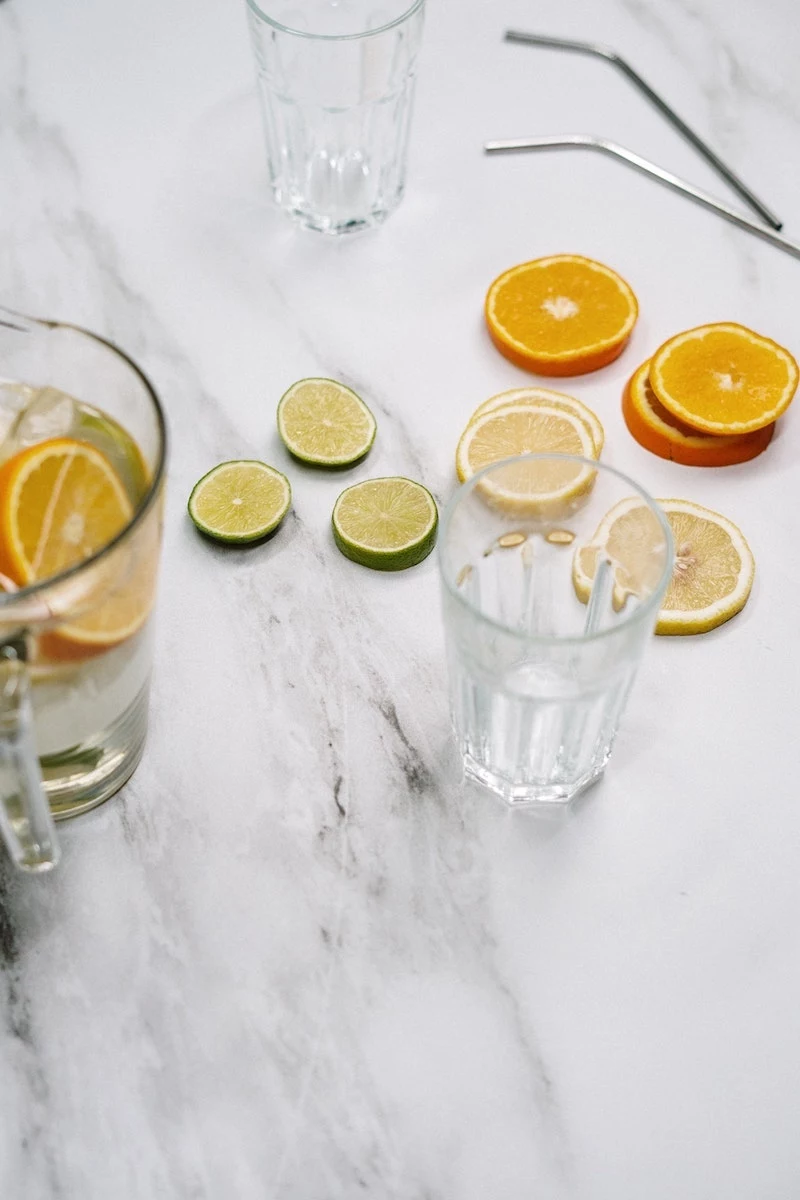
Technique 3: The Tea-Based Sangria — Structure Without Wine
A non-alcoholic sangria made with just fruit juice is usually a cloying, syrupy mess. The key is building a base with tannins from black tea to mimic the structure of red wine.
Building a Spiced Hibiscus Sangria
- In a large pitcher, steep 4 black tea bags and 2 hibiscus tea bags in 4 cups of boiling water for exactly 5 minutes (any longer and it gets too bitter). Remove the tea bags.
- Stir in 1/2 cup of demerara sugar until dissolved, along with a cinnamon stick and a few whole cloves.
- Add a sliced orange, a sliced lemon, and a diced apple to the warm tea. This step is crucial—it lets the fruit absorb the spiced tea flavors.
- Once it’s cooled to room temperature, stir in 1 cup of fresh orange juice.
- Refrigerate for at least 4 hours (overnight is even better!) to let the flavors meld.
- Serve over ice, making sure each glass gets some of that delicious, infused fruit.
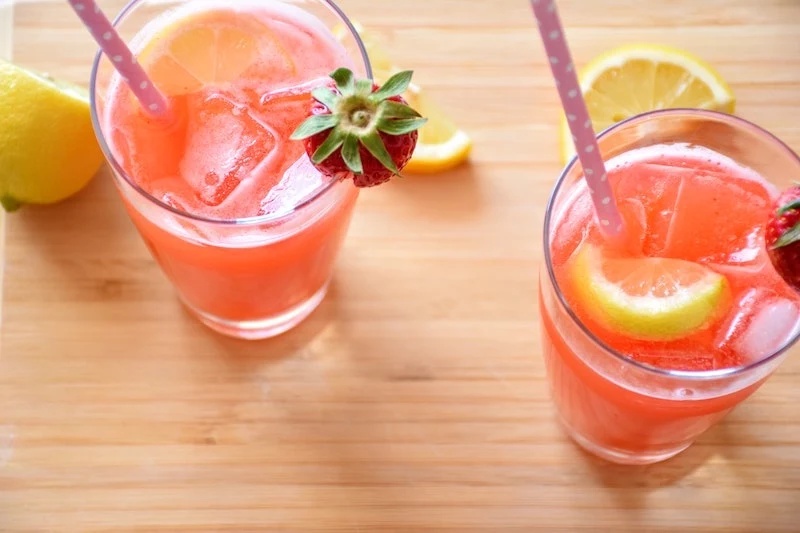
Level Up: Foam, Texture, and Fixing Mistakes
Ready for the next level? Let’s talk about texture. One thing many N/A drinks miss is the silky foam of a classic sour. The secret ingredient is aquafaba—the liquid from a can of chickpeas. It’s flavorless, vegan, and a perfect substitute for egg whites.
Creating a Mango Spice Sour with a Perfect Foam
- In your shaker, combine 2 oz mango purée, 1 oz fresh lime juice, 0.75 oz ginger syrup, and 0.75 oz aquafaba (use the liquid from a can of unsalted chickpeas).
- First, do a ‘dry shake’—shake vigorously for 15 seconds without ice. This builds the foam.
- Now add ice to the shaker and do a ‘wet shake’ for another 15 seconds until it’s ice cold.
- Double-strain into a chilled coupe glass. The foam will settle into a beautiful, thick layer on top.
Quick Troubleshooting Tip: If your foam isn’t forming, your shaker might have some residual oil or soap in it. Make sure your gear is sparkling clean, as any fat will kill the foam.
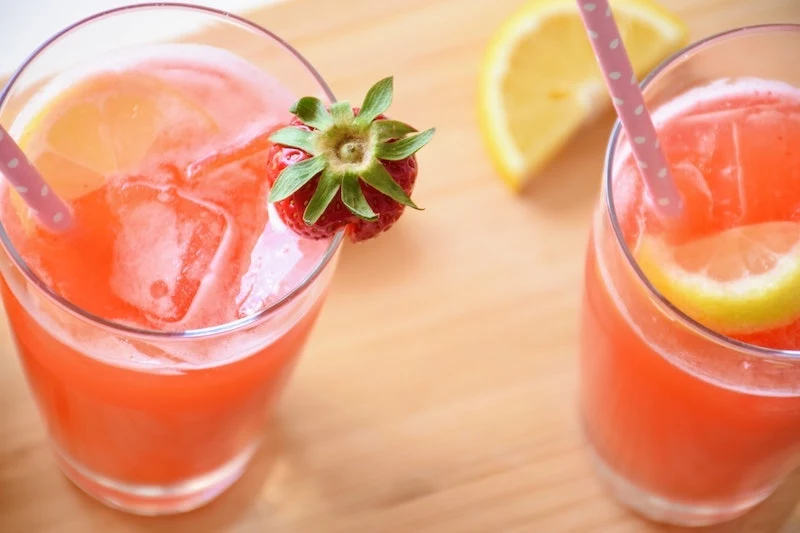
The Bottom Line: Cost, Quality, and Your Mission
I sometimes get asked why a well-crafted non-alcoholic cocktail costs $12 or $15 at a bar. It comes down to labor and ingredients. That fresh-squeezed juice, the house-made shrub that took two days to make, the expensive botanicals, and the bartender’s expertise—that’s what you’re paying for.
But making them at home is incredibly cost-effective. A bottle of a fancy non-alcoholic spirit can run you $30-$40. You can make a huge batch of shrub base that will last for months for about $5. It’s a fantastic way to enjoy incredible drinks without breaking the bank.
The art of the non-alcoholic cocktail is really about hospitality. It’s about making sure everyone feels included and can enjoy something special. So take these techniques, play with them, and taste everything as you go.
And here’s a little challenge for you: Go create your own signature shrub! Pick one fruit and one herb from your garden or local market. A pear and thyme shrub? Blueberry and lavender? The possibilities are endless. Have fun with it!
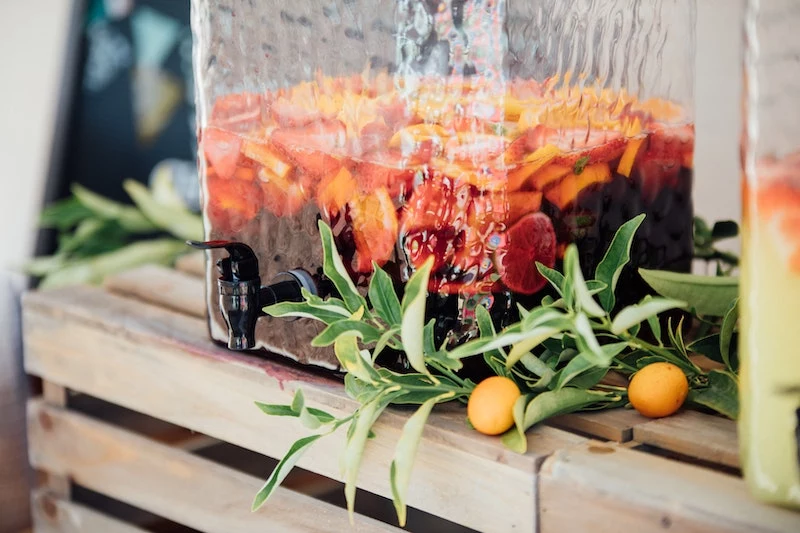
Inspirational Gallery
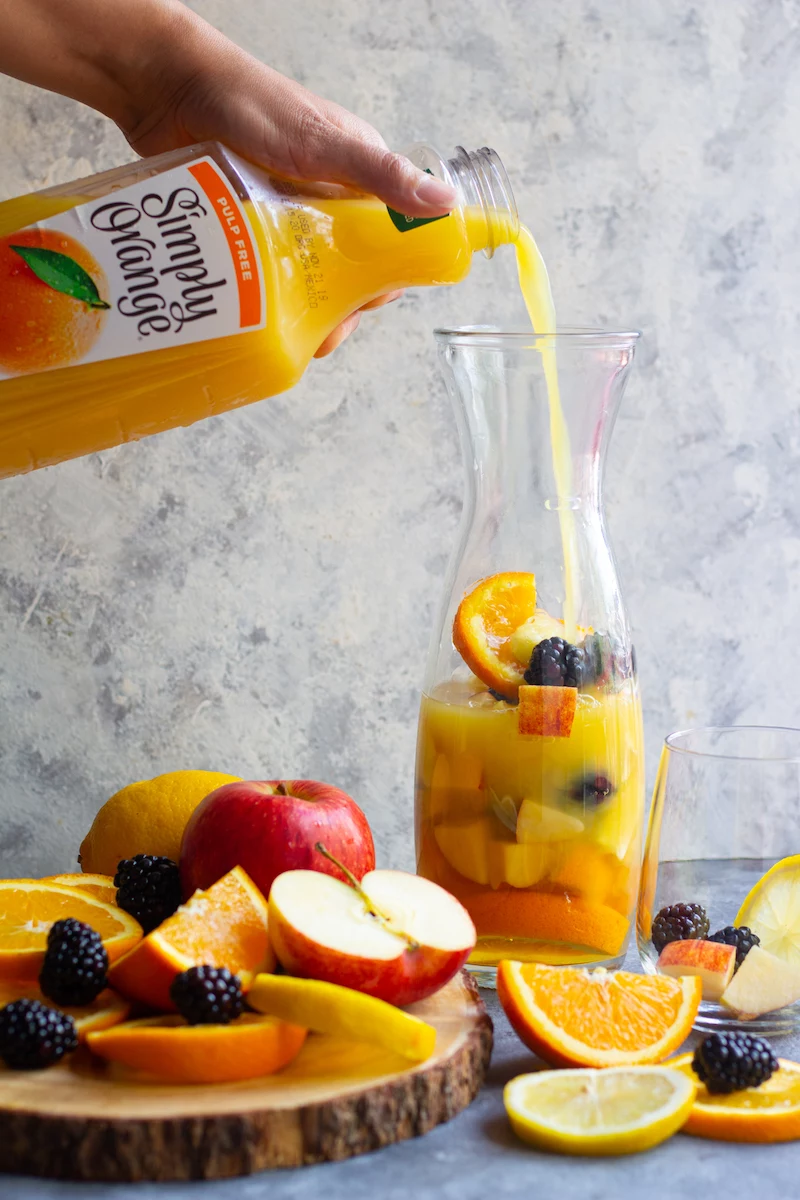
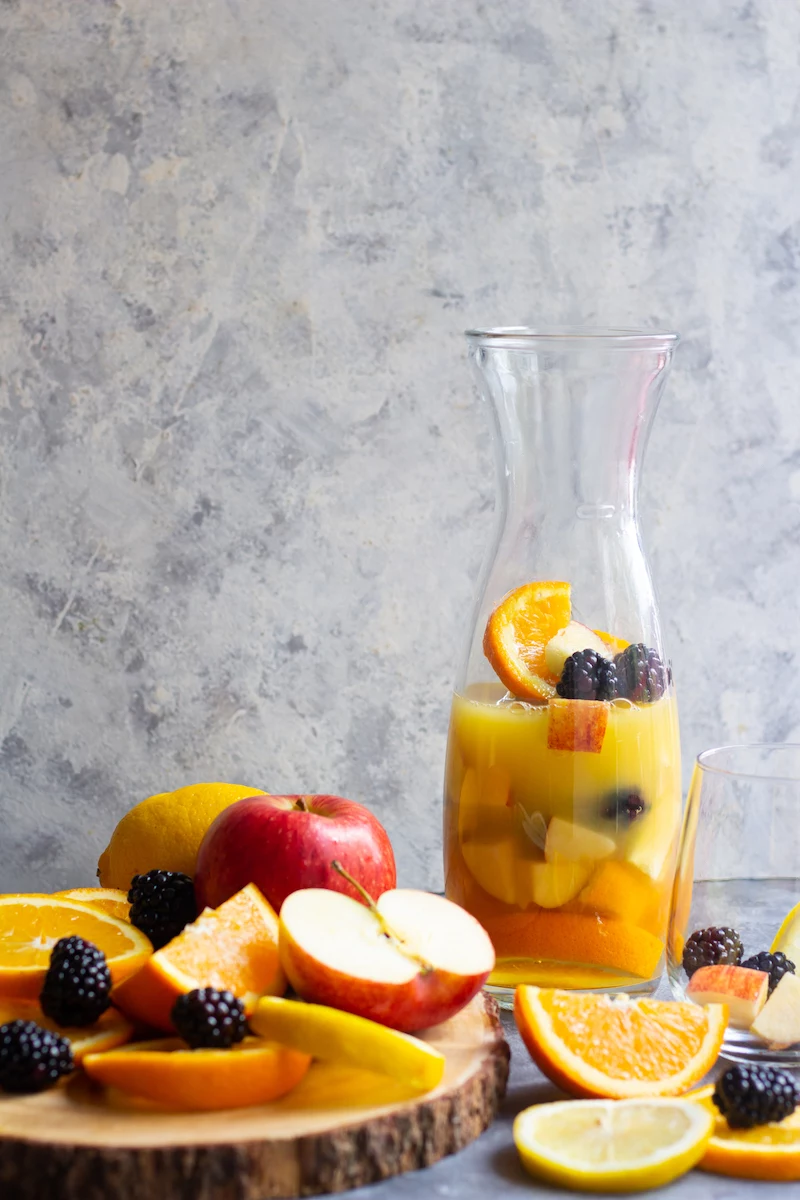
Looking for that satisfying “bite” without the booze?
The secret lies in stimulating the trigeminal nerve, the same one that reacts to alcohol’s heat. You can achieve this with ingredients like fresh ginger juice, a splash of apple cider vinegar, or a capsaicin-based tincture. Even the bubbles in a high-quality tonic water, like Fever-Tree or Q Mixers, contribute to this textural complexity, creating a mouthfeel that’s anything but flat.
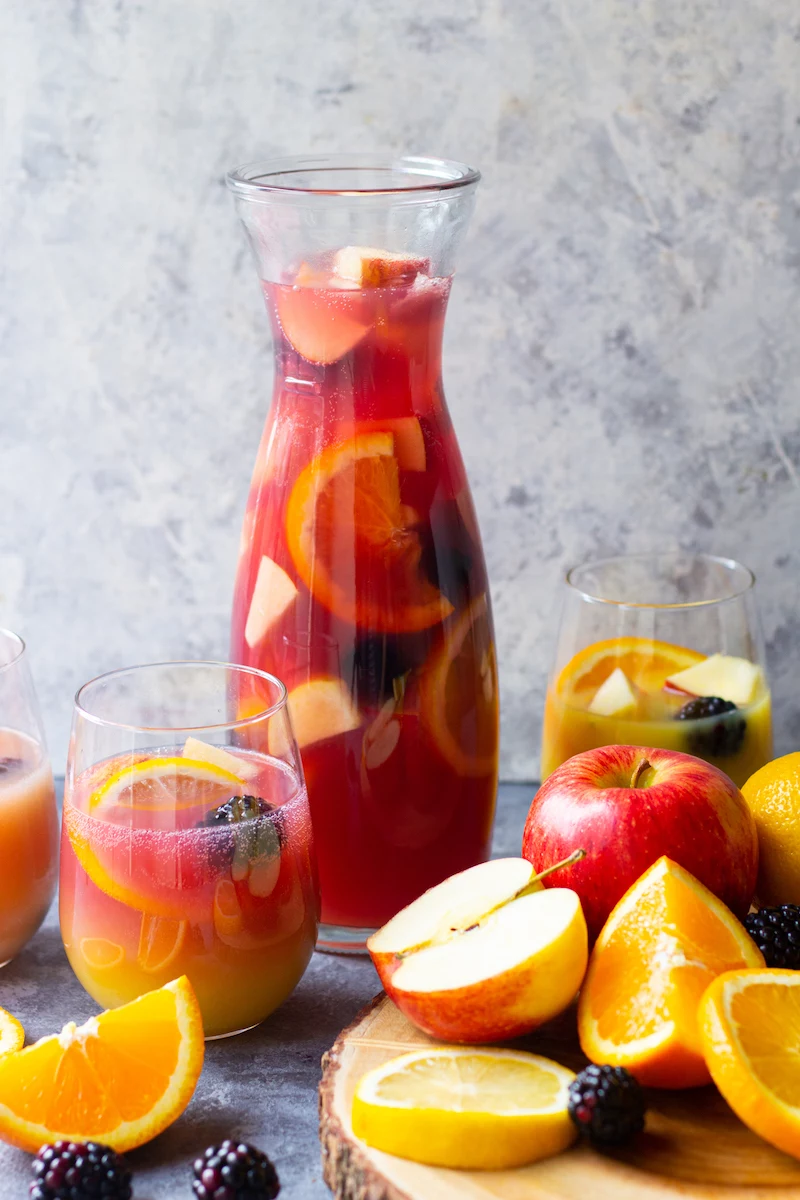
The global market for non-alcoholic spirits saw a growth of over 113% between 2020 and 2021.
This boom isn’t just a trend; it’s a movement. It means an explosion of creativity and quality. Brands are now distilling complex botanicals, herbs, and fruits to create liquids that can stand shoulder-to-shoulder with their alcoholic counterparts, offering a sophisticated base for your drink creations.
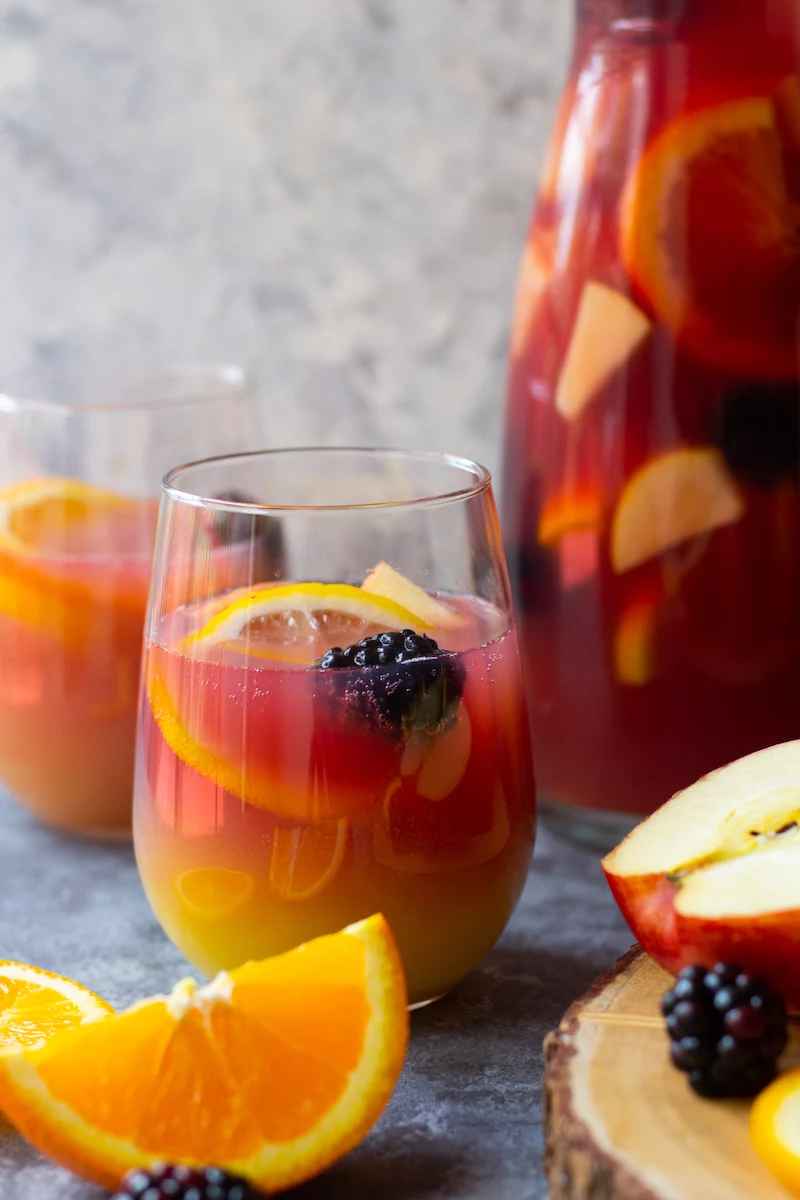
The Garnish is More Than Just Decoration. It’s your drink’s first impression and a huge part of its aroma. Instead of a simple lime wedge, try these:
- A long, thin ribbon of cucumber for a fresh, spa-like feel in gin-alternative drinks.
- A sprig of torched rosemary to release its woodsy, fragrant oils over the glass.
- A dehydrated orange wheel, which adds visual drama and a concentrated citrus scent.
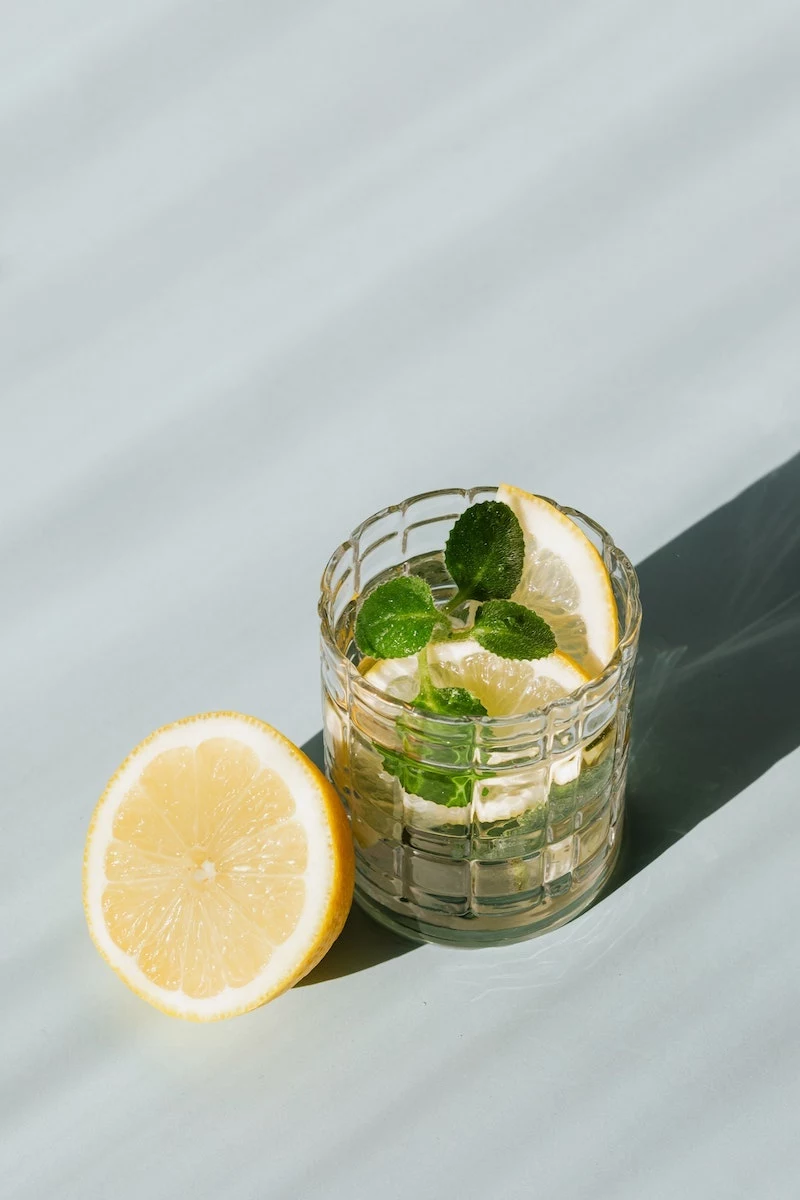
Don’t underestimate the power of ice. It’s a key ingredient, not just a cooling agent. Using small, quick-melting ice cubes will leave you with a watery, diluted drink. For a professional touch, invest in a silicone mold for large, 2-inch cubes or spheres. They melt slowly, keeping your drink chilled and potent from the first sip to the last.
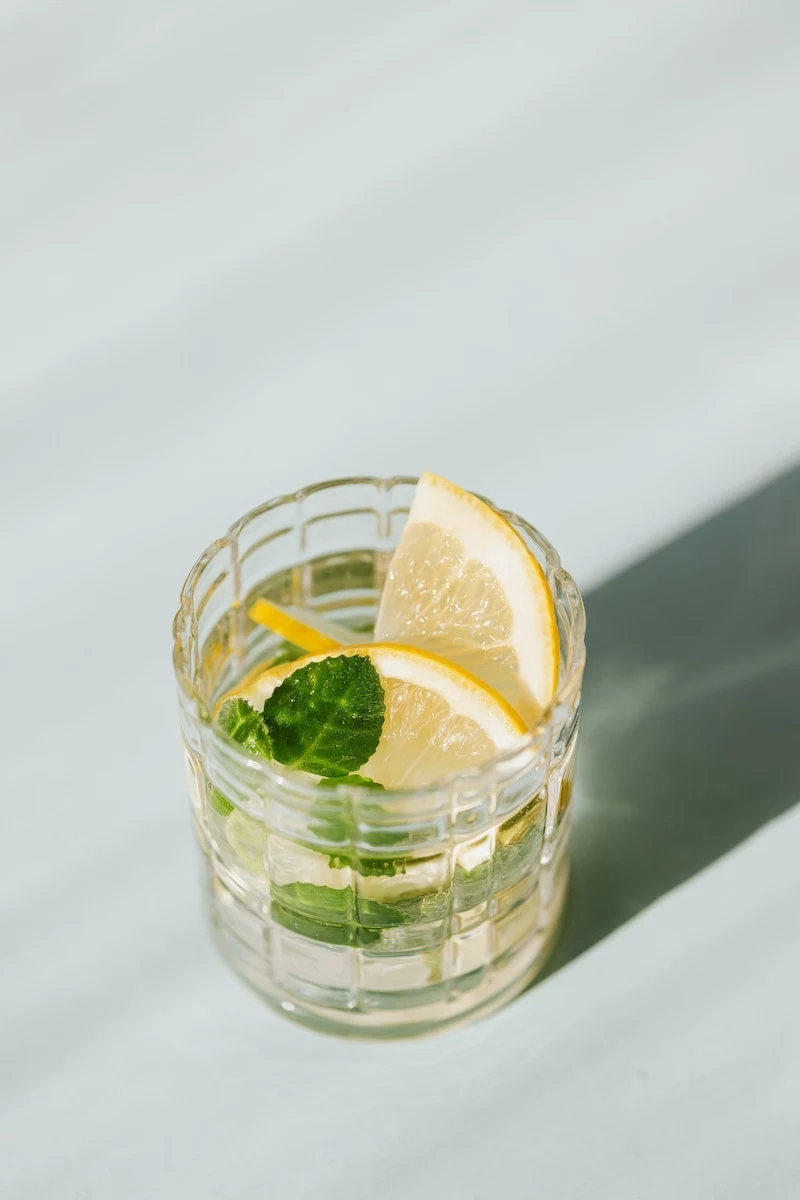
Seedlip Garden 108: A bright, herbaceous profile with notes of pea, hay, and garden mint. Perfect for creating a non-alcoholic take on a gin tonic or a verdant spritz.
Ghia Apéritif: Bold, bitter, and complex, with notes of yuzu, gentian root, and fig. This one is designed for sipping on the rocks with a splash of soda or for building a negroni-style mocktail.
Choose Seedlip for light and fresh drinks; reach for Ghia when you crave something with a bitter, grown-up edge.
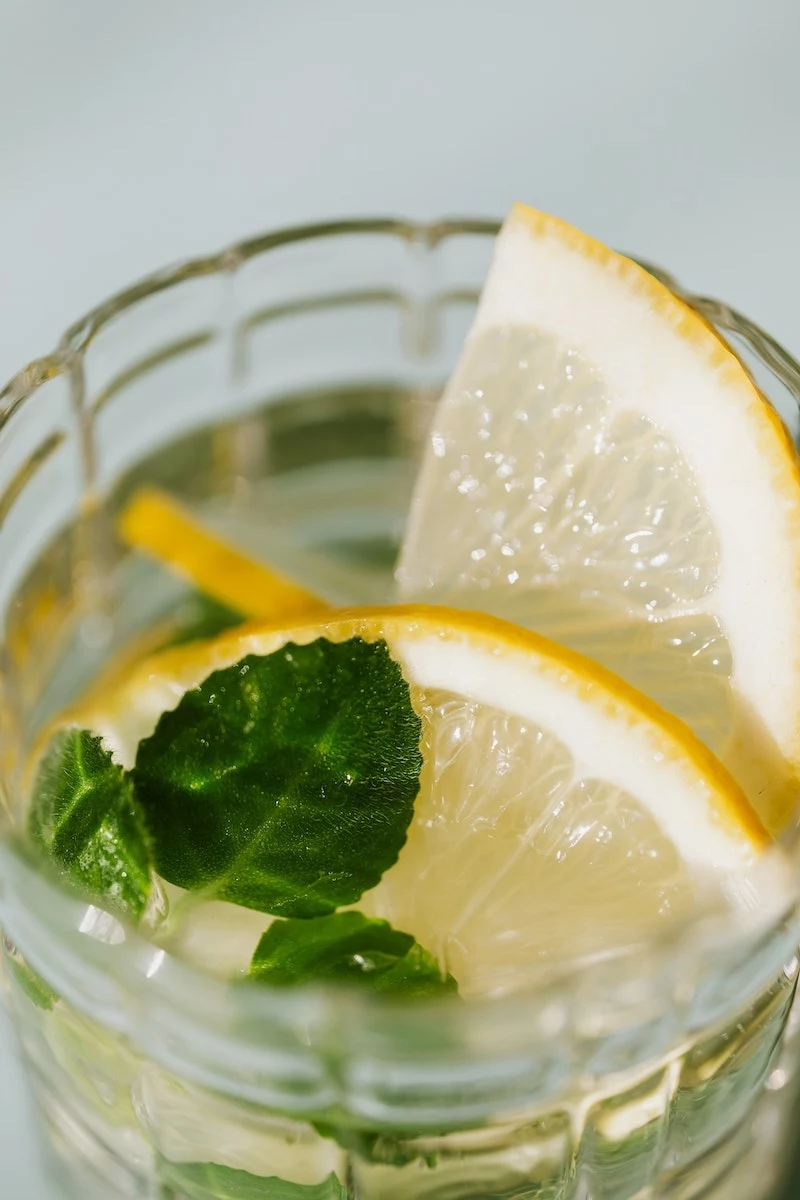
- Adds a sophisticated, tart complexity.
- Preserves the fresh flavors of summer fruits.
- Costs just pennies to make at home.
The secret? A colonial-era technique called a shrub. Simply muddle fruit with sugar, let it sit for a day, then strain and add an equal part vinegar (apple cider or white wine vinegar works well). This sweet and tangy syrup is a game-changer for building flavor.
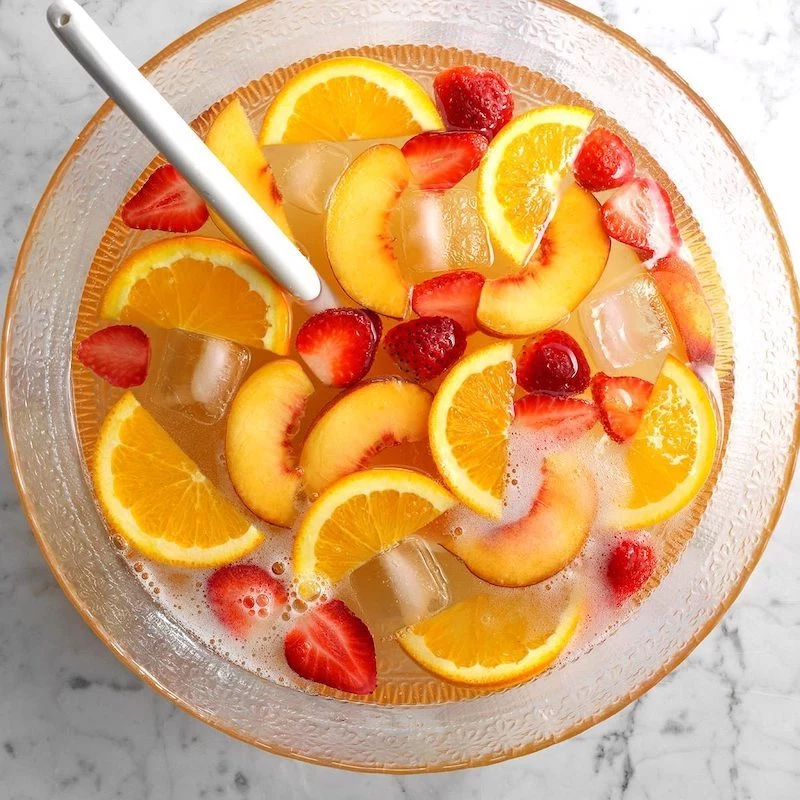
Think beyond simple syrup. Infusions are your best friend.
Gently heating water with smashed lemongrass and cardamom pods, then adding sugar to dissolve, creates a fragrant syrup that transforms any drink. Or try a cold infusion: let a handful of raspberries and a few basil leaves sit in your simple syrup in the fridge overnight. The possibilities for custom flavors are endless.
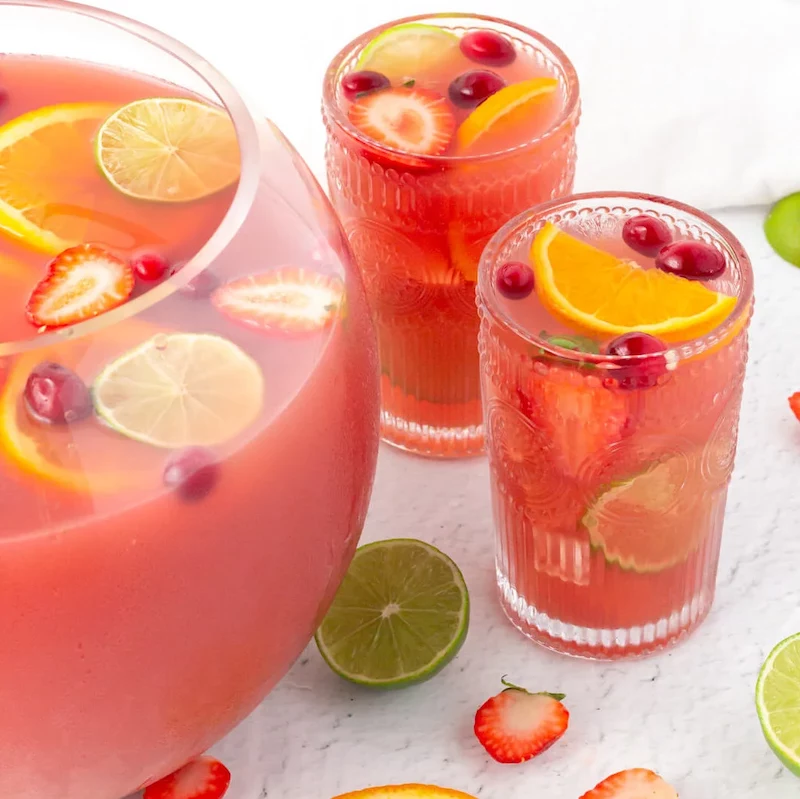
One of the most common pitfalls in mocktail making is overcompensating for the lack of alcohol with too much sugar. A great non-alcoholic drink isn’t a dessert. It should have balance. If your drink tastes too sweet, a few drops of saline solution (salt water) or a dash of non-alcoholic bitters, like those from All The Bitter, can work wonders to tame the sweetness and add depth.

Take inspiration from Mexico’s beloved aguas frescas. These aren’t just juices; they’re light, refreshing water-based drinks infused with fruits, flowers, or seeds. An agua de jamaica, made by steeping hibiscus flowers, is naturally tart and beautifully crimson, while a creamy horchata made from rice and cinnamon offers a completely different kind of satisfaction. They prove that simplicity can be incredibly elegant.
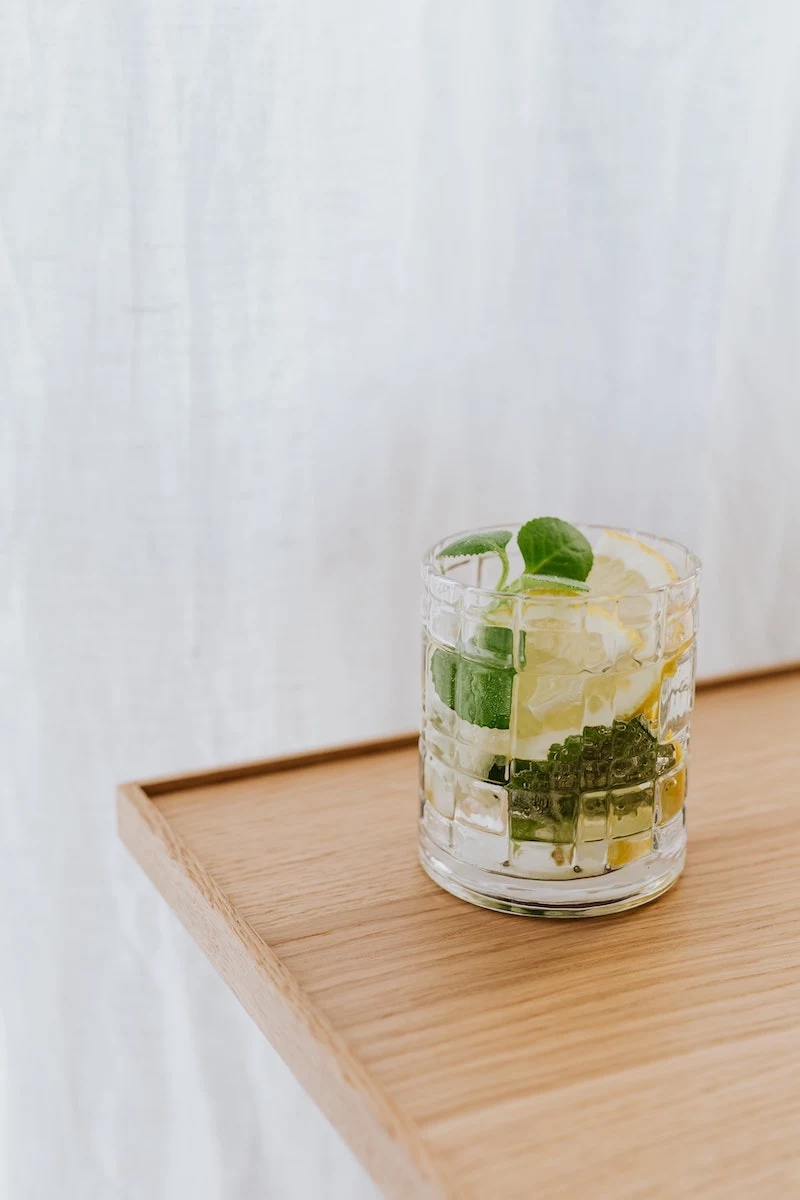
- Acidity: Use high-quality citrus, but also explore verjus (the juice of unripe grapes) for a softer, more wine-like tartness.
- Bitterness: A few dashes of bitters can add the tannic structure missing from alcohol.
- Salinity: A tiny pinch of salt or a few drops of saline solution makes flavors pop and balances sweetness.
The Unsung Hero: Texture. A great drink engages more than just your taste buds. Create a silky, rich mouthfeel by ‘dry shaking’ (shaking without ice) with a chickpea can’s liquid (aquafaba) or a commercial foaming agent. This creates a beautiful, stable foam on top of your drink, just like a classic whiskey sour.










